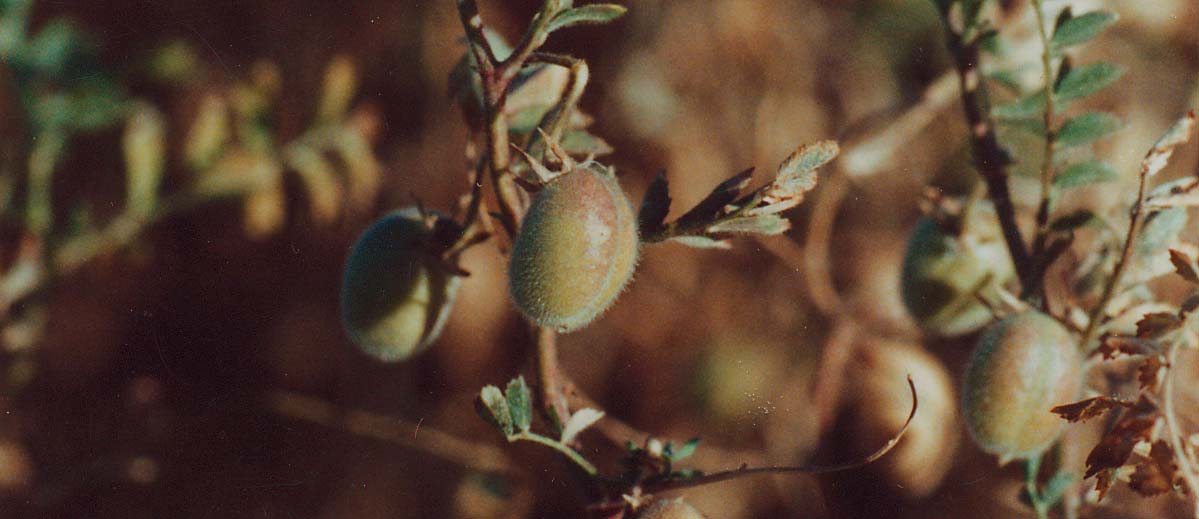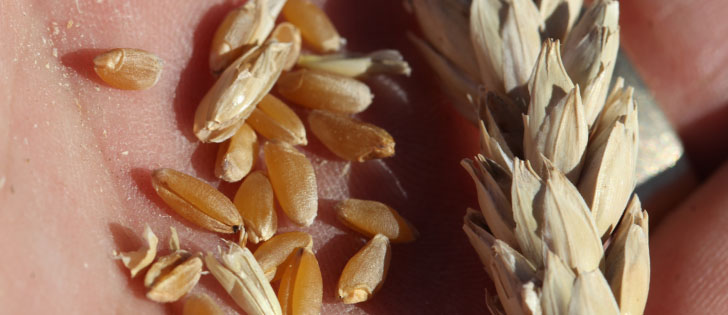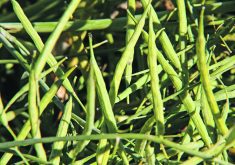Falling numbers were once a measure of wheat quality in the baking industry or to a way to tell maltsters how stable barley might be in storage.
Bruce Carriere of Discovery Seed Labs in Saskatoon says the alpha-amylase activity test has also become a popular measure for barley seed this year.
Farmers who thought they put away decent quality seed last fall are finding that the high germination rates in their stored samples are not reflected in their bins, especially if the samples were stored in a shed, shop or home basement.
Read Also

Methane tractor debuts at Agritechnica 2025
New Holland has unveiled its production-ready version of a T7.270 methane-powered tractor at the Agritechnica farm machinery show in Hanover, Germany.
“You need to pull some new samples from the bin to get a true idea of what you have right now,” Carriere said.
“It has been a hard year for seed.”
Even tests done in late March on bin samples might not be representative of the germination and vigour that will occur when the seed is planted.
“The falling number test can give you an idea of how stable the grain in the bin is,” Carriere said.
“It still has the opportunity to shift prior to seeding.”
The test needs to be done in a lab and costs $32.
A rapid visco analyzer can also perform the test and provide an equivalent to the falling number test. It is available at grain elevators.
“When you’re planning your seeding rate, you’ll want a good idea of how many plants you can expect,” said Carriere.
He said producers whose seed is showing signs of activity now still have time to consider other seed sources.
They could also retest just before planting to calculate a proper rate and check their vigour.














